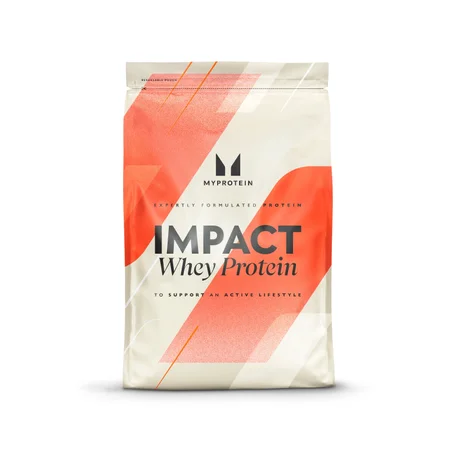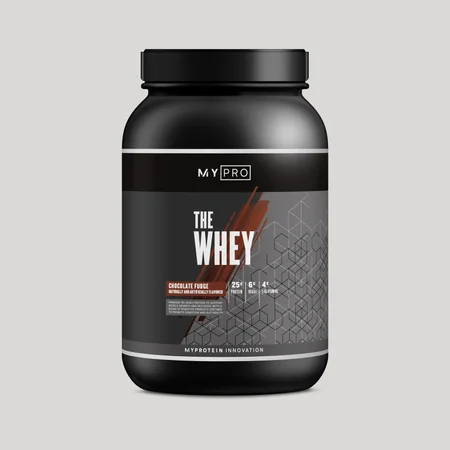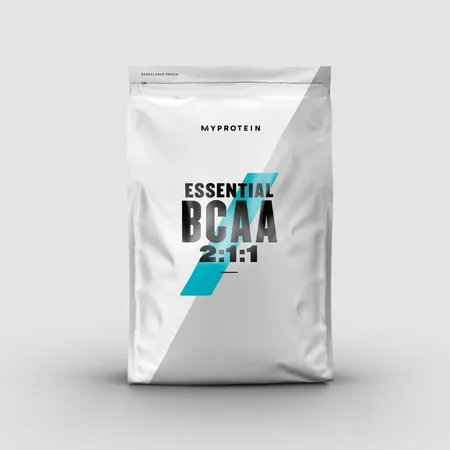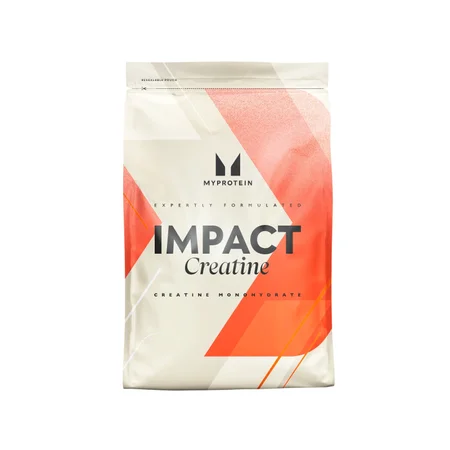Best Sources Of Omega 3 Fatty Acids

Omega 3 fatty acids are probably one of the most important macronutrients every fitness fanatic and the healthy individual should be consuming. They are an extremely healthy way to get your daily dose of healthy fat. For those readers who haven’t heard of the benefits of Omega-3’s (or what they are at all) here's a quick look before I give you the best sources of where you can find omega 3.
What Is Omega 3?
Omega 3 fatty acids are a form of polyunsaturated fats, and yes it is a good fat. Comprised of eicosapentaenoic acid (EPA) and docosahexaenoic acid (DHA), these two have numerous health benefits which every human on earth can use to their advantage. A few of which are listed below.
? Lowering cholesterol
? Strengthening blood vessels
? Lowering plaque build-up
? Decreasing the risk of developing diabetes, several types of cancers, and rheumatoid arthritis
? Decreasing overall joint pain
As you can see, Omega-3s are unmatched in their protective abilities in our body.
Where Does Omega 3 Come From?
Found primarily in fish and phytoplankton (also known as krill), most western diets are lacking in healthy EPA and DHA levels, with the recommendation being at two servings of fish a week to reap all the Omega-3 benefits. Another form of Omega-3 which is converted into EPA and DHA (but very poorly) is alpha-linolenic acid or ALA for short. This form is found more abundantly in nuts and seeds but because of its poor conversion in the body to EPA and DHA, a much larger amount needs to be consumed to match the amount found in animal sources.

Something most (if not all) health conscious individuals should invest in is a high-quality fish oil supplement. This supplement is a great way to make sure you’re getting all the possible health benefits that come with frequent Omega-3 consumption. But like with all supplements, it’s also important to get Omega-3’s from natural sources as well because diversification in your diet is very important. For the remainder of this article, I will list the five best food sources of Omega-3’s and how you can add them to your diet!
5 Omega 3 Rich Foods
Fatty Fish
Fish oil is made from fatty fish because of their natural levels of Omega-3’s, including salmon, mackerel, sardines, tuna, herring and krill (which are actually crustaceans). Being exceptionally healthy in many respects, including being low and carbs and high in protein, fish also has almost four grams of Omega-3 per serving. When looking for fish with the highest concentration, look no further than wild-caught Alaskan salmon. Be mindful though, because farmed salmon have considerably less Omega-3s (less than half).

Ground Flax
With an impressive two grams of Omega-3s per tablespoon, this seed is a superfood for sure. Also containing an impressively high amount of fiber and magnesium, this seed is the best ground because its hard outer shell will prevent any of the nutrients from being broken down in your body. Adding a slightly nutty taste to any meal, ground flax can be mixed with a variety of dishes, including oatmeal, Greek yogurt, baked into pastries, and even used as breading on meats.
Soy
Don’t listen to the rumors about soy raising your estrogen, eating a serving a day will yield no negative side effects and many positive ones! Whether you eat them in the form of milk, whole soybeans, tofu, or tempeh, they boast a high (and complete) protein count at 68 grams per cup. As well as all the magnesium and iron you need for the day, as well as almost three grams of Omega-3s. Because it comes in so many different forms, it’s hard to not like at least one form of soy. Luckily for vegetarians and vegans, soy is very popular and can replace fish as their main source of Omega-3s.
Walnuts
Although high in calories (about 190 per serving), an ounce serving of walnuts contains about 2.5 grams of Omega-3s. Other nuts contain Omega-3s such as pecans, pistachios and macadamia nuts, but all at a fraction of the amount in walnuts. Nuts can be added to almost any dessert to make it taste better, either the nuts are ground up, chopped or added whole and add a crunchy, yet somehow creamy consistency to most dishes, due to their high-fat content. But if you’re not much of a cook, just eat a handful or make your own trail mix! But be careful, the calories in nuts can add up quickly if you’re not measuring.

Chia Seeds
Last but not least, this tiny seed was also featured in another article because of its impressive fiber count. Perhaps even topping flax for their superfood ranking, chia contains five grams of Omega-3s per ounce. But it doesn’t stop there, chia is also a complete protein and has five grams per serving, along with ten grams of fiber. Out of all the foods on this list, chia is the easiest to add to your daily meals, going with basically anything because they are almost completely tasteless. Add them to salads, desserts, and even your eggs to get an extra crunch as well as the knowledge that you made your meal healthier with chia seeds!
Take Home Message
Along with a good multivitamin, Fish oil pills or liquids are probably the most useful and helpful supplement out there. The plethora of benefits Omega-3s has to offer to make its daily consumption almost a necessity for anybody who cares about their good health. But also like a multivitamin, the more you can get from whole foods the better, meaning you should be eating at least one of the top five foods high in Omega-3s daily.
Whether it be soy milk with breakfast, chia seeds sprinkled on your salad at lunch, or a tasty smoked fish fillet for dinner, it isn’t as hard as you think to reap all the benefits from this good fat. Just remember when taking a fish oil supplement, it takes weeks to achieve the full benefits so make sure to take it consistently or make sure you’re eating a food high in Omega-3s on the days you don’t take the pills. As we reach the end of the article, I thank you for reading to the end and I hope you learned something useful here today!












